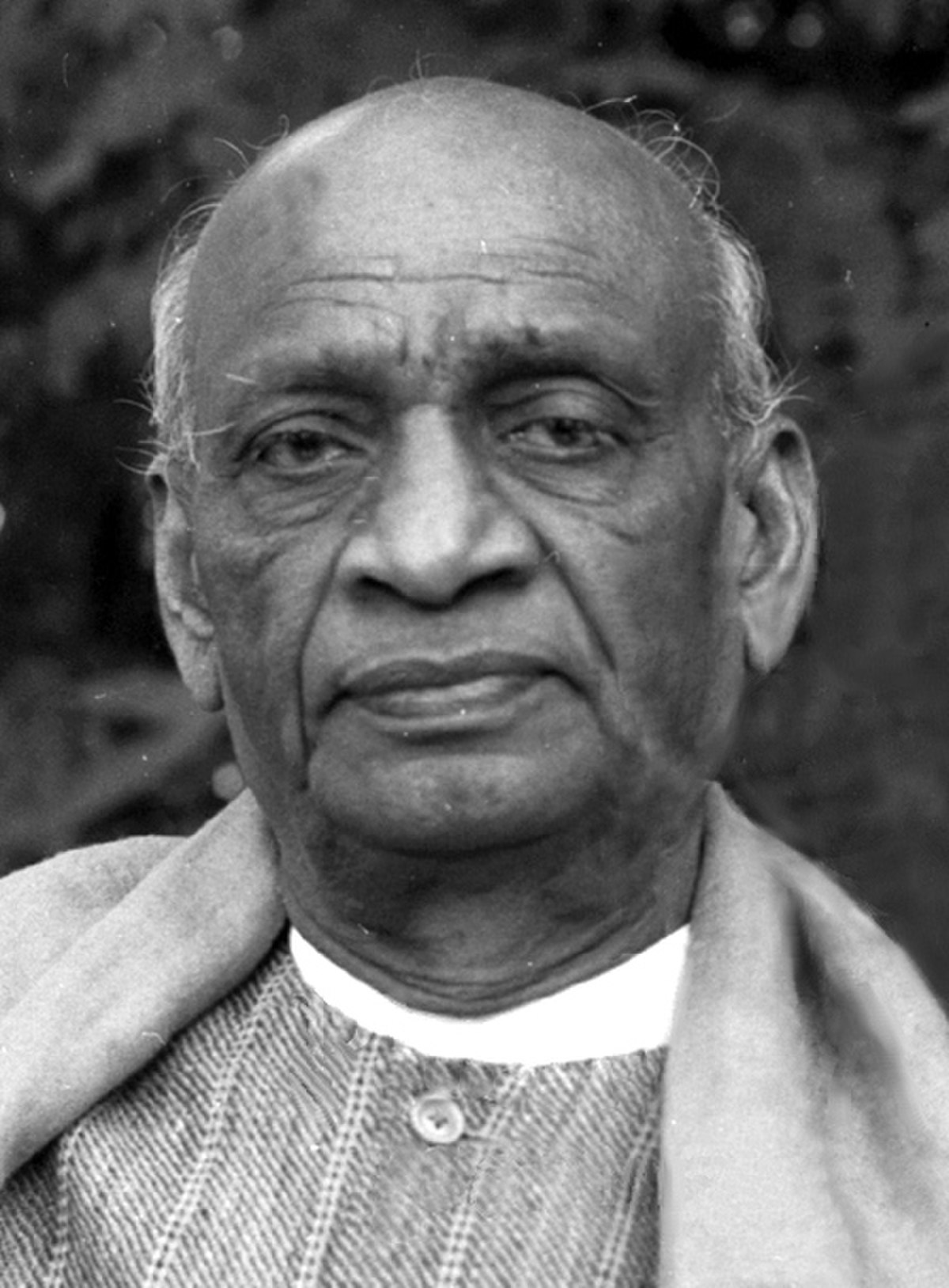
Integration of Princely States of India
IndiaBefore India's independence in 1947, it was divided into two main territories: British India, under direct British rule, and princely states under British suzerainty but with internal autonomy. There were 562 princely states with varied revenue-sharing arrangements with the British. Also, French and Portuguese controlled some colonial enclaves. The Indian National Congress aimed to integrate these territories into a unified Indian Union.
Initially, the British alternated between annexation and indirect rule. The 1857 Indian Rebellion prompted the British to respect princely states' sovereignty to some extent, while maintaining paramountcy. Efforts to integrate princely states with British India intensified in the 20th century, but World War II halted these efforts. With Indian independence, the British declared that paramountcy and treaties with princely states would end, leaving them to negotiate with India or Pakistan.
In the period leading up to Indian independence in 1947, key Indian leaders adopted different strategies for integrating the princely states into the Indian Union. Jawaharlal Nehru, a prominent leader, adopted a firm stance. In July 1946, he warned that no princely state could militarily withstand the army of an independent India.[15] By January 1947, Nehru clearly stated that the concept of the divine right of kings would not be accepted in independent India.[16] Further escalating his firm approach, in May 1947, Nehru declared that any princely state refusing to join the Constituent Assembly of India would be treated as an enemy state.[17]
In contrast, Vallabhbhai Patel and V. P. Menon, who were directly responsible for the task of integrating the princely states, adopted a more conciliatory approach towards the rulers of these states. Their strategy was to negotiate and work with the princes rather than confront them directly. This approach proved to be successful, as they were instrumental in persuading most princely states to accede to the Indian Union.[18]
Princely states' rulers had mixed reactions. Some, driven by patriotism, willingly joined India, while others contemplated independence or joining Pakistan. Not all princely states readily joined India.
- Junagadh Initially acceded to Pakistan but faced internal resistance and eventually joined India after a plebiscite.
- Jammu and Kashmir Faced invasion from Pakistan; acceded to India for military aid, leading to ongoing conflict.
- Hyderabad Resisted accession but was integrated following military intervention (Operation Polo) and subsequent political settlement.
Post-accession, the Indian government worked to harmonize the administrative and governance structures of the princely states with those of the former British territories, leading to the formation of India's current federal structure. The process involved diplomatic negotiations, legal frameworks (like Instruments of Accession), and sometimes military action, culminating in a unified Republic of India. By 1956, the distinction between princely states and British Indian territories had largely diminished.
